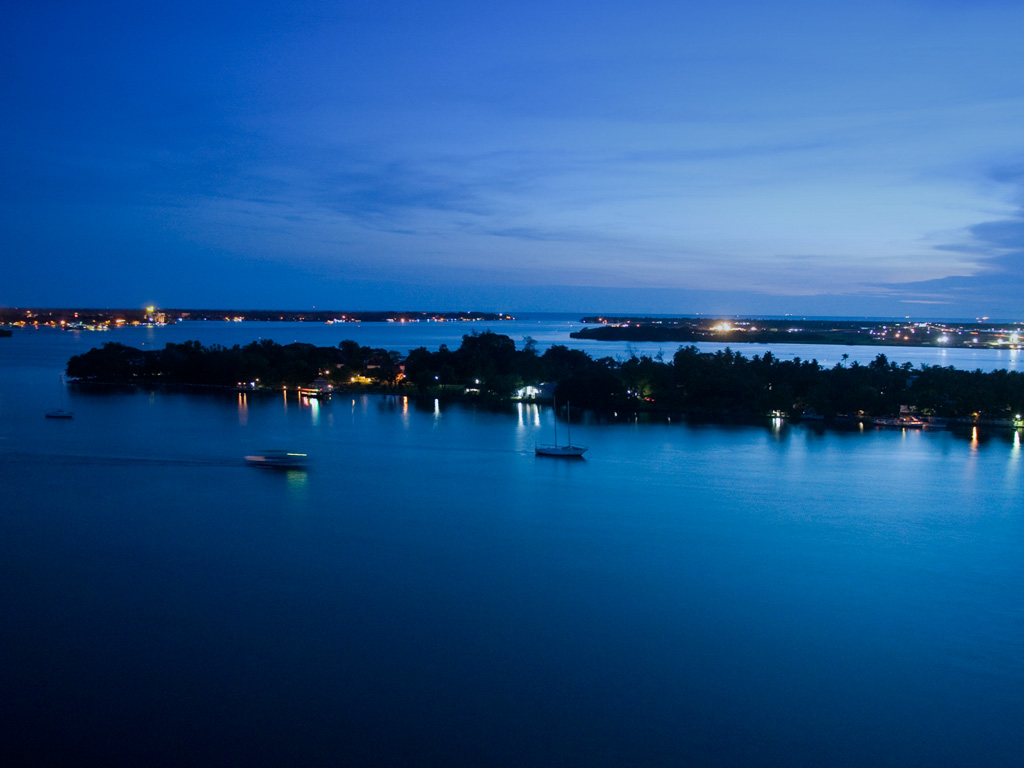Thakur House
Thakur House, on Dutch Cemetery Road, is another building that reflects the glory of a bygone era. It was built on Gelderland bastion and was earlier known as Kunal or Hill Bungalow. The
House, atop a cliff facing the sea, has been an important landmark of Fort Kochi for centuries.
Architecture and ambienceThe Thakur House, which reflects the opulent lifestyle of the colonial era, has lovely lawns and is cooled by breeze from the sea below. Made in the 1700s, the monument of Dutch architecture, has characteristic spacious rooms, wooden floors and bay windows.
It is a two-storeyed building, and the perfect symmetry of both floors is astonishing. The original building consisted of several halls and verandahs; however, alterations were made to the original structure by its various occupants. Glass lamps hang from the roof beam and crystal and earthen pottery adorn the shelves and tables – all providing a colonial grandeur to the building. Several paintings decorate the walls of the rooms.
During the 17th century, the building, on account of its strategic position, served as a prominent look-out point near the Cochin Harbour. It is believed that the house has several tunnels leading to far-off places in Fort Kochi such as the St. Francis Church and Bishop’s House.
HistoryThe Dutch built the Thakur House as a club and community centre for the Dutch East India Company. During the last decades of the 19th century, the bungalow was occupied by a prominent spice trading family of Mattancherry. In the early 1900s, it was used as lodging for the managers of the National Bank of India. The ownership of the bungalow again changed hands and went to a well-known tea-trading firm.


 Bastion Bungalow
Bastion Bungalow